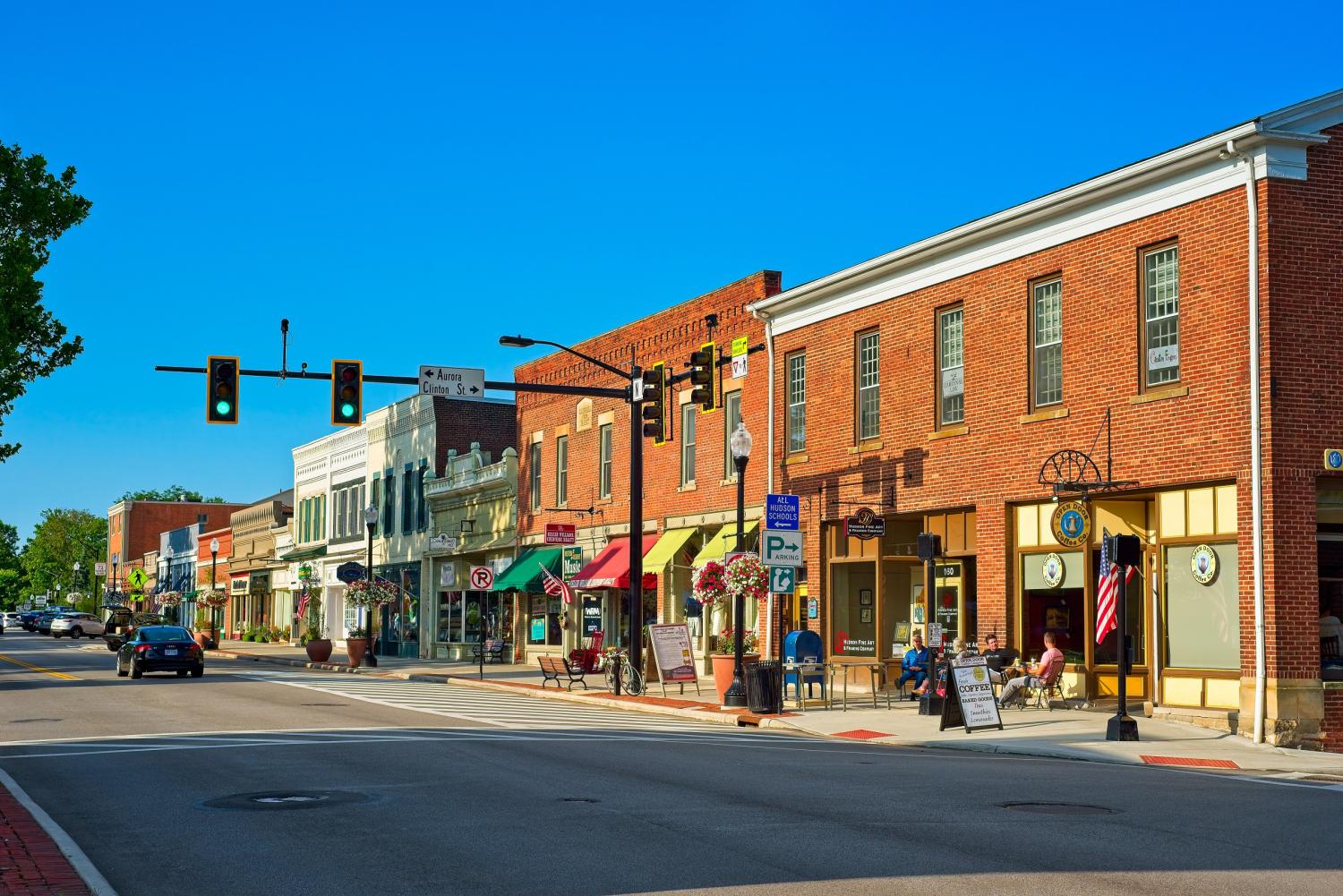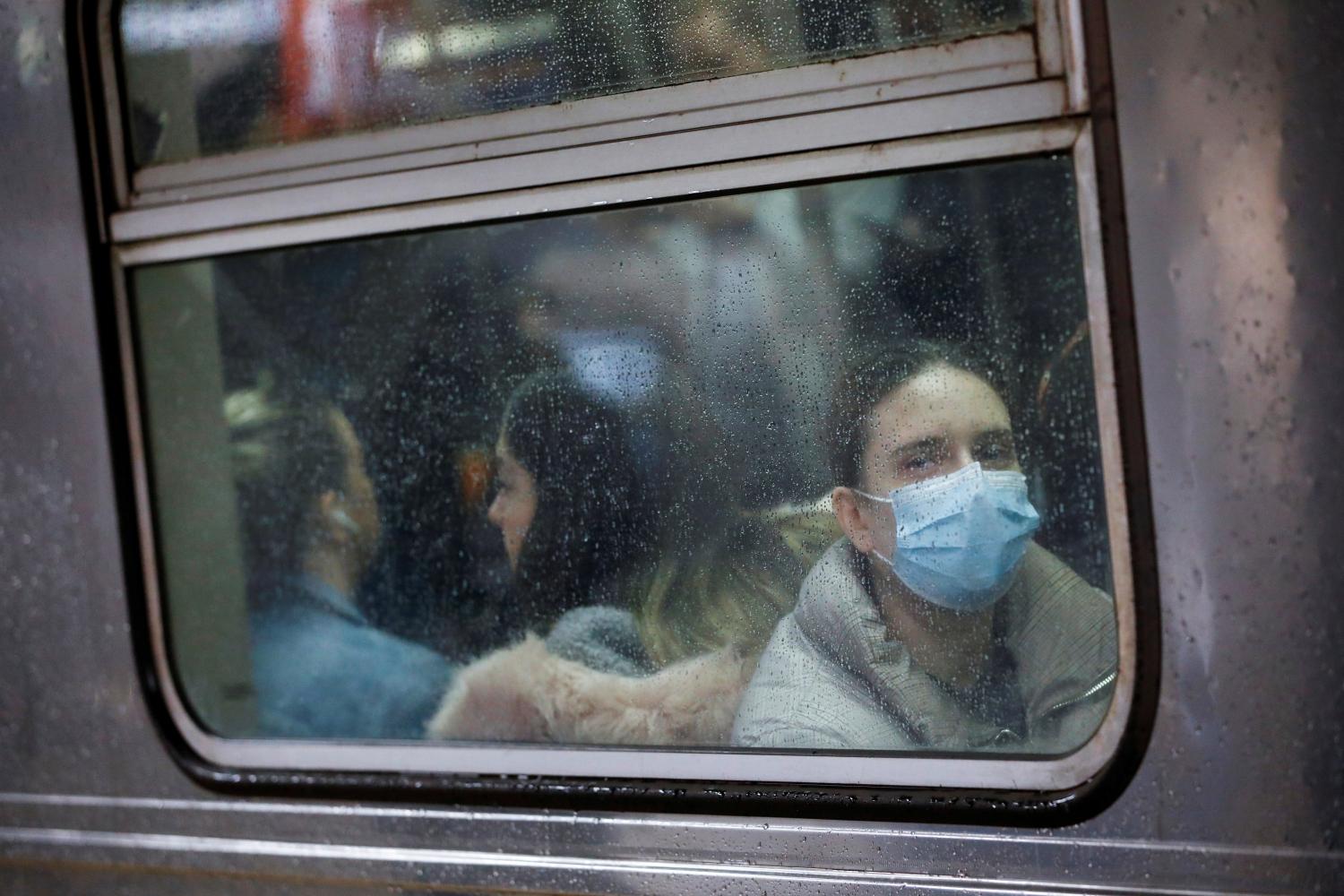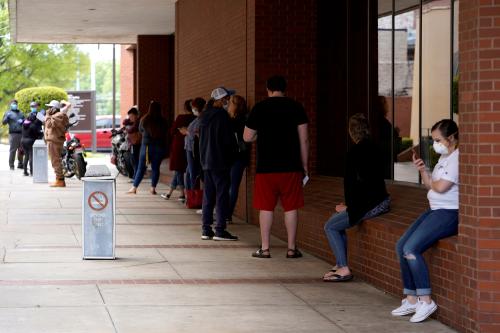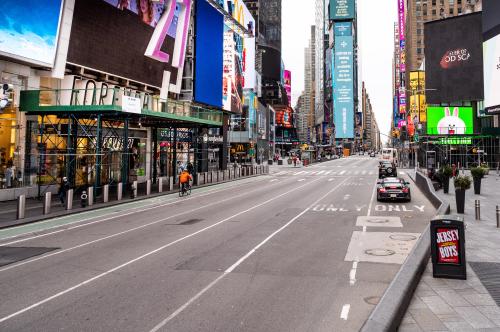There are two vital maps for understanding America in 2020. First is the throng of Electoral College maps forecasting the presidential election outcome this November (real devotees can even create their own). Second are maps of COVID-19 hotspots in the U.S., as the coronavirus carves a devastating path through different communities.
In many ways, the economic conditions of key swing states during the COVID-19 pandemic portray the confluence of these two maps. Brookings’s Metro Recovery Index tracks the economic trajectory of nearly 200 metropolitan areas around the country, including 33 located in the battleground states of Florida, North Carolina, and Ohio. (These are among the most closely contested states in FiveThirtyEight’s most recent election forecast.) Analyzing these trajectories reveals differing economic contexts both across and within these swing states, as well as their potential influence on voters’ decisions for the next occupants of the White House and Capitol Hill.
COVID-19 has impacted Florida, North Carolina, and Ohio differently
As many economists and public health experts have observed, the U.S. economy will struggle to fully recover until the COVID-19 pandemic is contained. In that respect, the way residents of these states have experienced and navigated the virus has influenced local economic conditions and could color electoral preferences.
At the state level, the pandemic has impacted Florida more severely than either North Carolina or Ohio. Through the late spring, the 14-day average of new cases per capita in these three states trailed the nationwide figure. Subsequently, however, COVID-19 cases began to increase in North Carolina, before skyrocketing in Florida during the summer months. At its peak, the per capita infection rate in Florida was nearly triple that of North Carolina. Ohio, meanwhile, has thus far experienced lower COVID-19 infection rates than the other two swing states. By late September, new daily cases in all three states had converged close to the U.S. average.

Within these states, COVID-19’s regional impacts have contributed to statewide trends. On total COVID-19 cases per capita, Miami is the fifth-most impacted metro area in the country (among those with populations of at least 250,000), with more than 47 cases per 100,000 residents. Tallahassee is not far behind, at eighth overall. Infection rates have been more moderate in North Carolina metro areas, ranging from 16 per 100,000 residents in Greensboro to 23 per 100,000 residents in Charlotte. In comparison, impacts in Ohio’s regions look relatively mild, with Columbus exhibiting the 107th highest per capita infection rate among metro areas (18 per 100,000 residents), and Canton the 11th lowest (7.6 per 100,000 residents).

Job losses have hit most North Carolina metro areas hard, while Florida and Ohio patterns have been mixed
The varying prevalence of COVID-19 cases across regions is one factor that has likely contributed to differing local and state economic trajectories. Other factors include underlying industry structures—particularly the extent to which a region’s jobs are concentrated in sectors most impacted by the pandemic. Additionally, governments have responded differently to the pandemic, adopting different degrees of restrictions to contain community spread, with attendant implications for the amount of economic activity taking place in cities and regions.
Overall, job losses between February and August 2020 were somewhat steeper in North Carolina (7.6%) and Ohio (8.1%) than in Florida (6%). While COVID-19 hit Florida harder than the other two swing states (especially in the summer months), its state officials have been less restrictive than those in North Carolina and Ohio with regard to closing businesses and schools (which many argue accounted for the summer spike in Florida cases).
Not all of Florida’s metro areas escaped steep job losses. Its two most impacted metro areas—Miami and Orlando—are major sites for domestic and international tourism, an industry hobbled by the pandemic. In Miami, those industry impacts compounded declines in economic activity stemming from high COVID-19 infection levels over the past few months. From an electoral standpoint, economically harder-hit Southeast and Central Florida are two of the state’s Democratic-leaning regions.
Ohio exhibits a similar diversity of job loss patterns. On one end of the continuum are Northeast Ohio metro areas Cleveland and Youngstown, where August job totals remained 11% below February levels, reflecting particularly steep declines in education and health care employment. By contrast, job losses in Cincinnati, Dayton, and Southern Ohio were considerably less severe. As in Florida, this pattern points to potentially less severe economic impacts from the pandemic in Ohio’s Republican-leaning regions.
In North Carolina, by contrast, economic pain seems widely shared across the state’s major metro areas. The COVID-19 recession has hit jobs in high-tech and professional services centers (e.g., Charlotte, Durham, Raleigh), manufacturing hubs (e.g., Greensboro, Hickory), and tourism destinations (e.g., Asheville, Wilmington) in nearly equal measure.



Small businesses in Ohio have reopened faster than in most Florida and North Carolina metro areas
Federal, state, and local policies to respond to the economic crisis have trained considerable resources on small businesses, many of which have faced enormous challenges over the past several months in keeping their doors open and workers employed. Metro Recovery Index data from Homebase—a software tool many small businesses use for scheduling—shows the change in the number of small businesses open compared to January 2020 in each of the nation’s 50 largest metro areas.
The data illustrates that small businesses in Ohio’s major metro areas are reopening more quickly than those in major Florida and North Carolina metro areas. In August 2020, the number of small businesses open in Cincinnati, Cleveland, and Columbus was between 8% and 13% lower than January baseline levels. (Cincinnati was the second-strongest performer on this indicator among the 50 largest metro areas.) Although Miami, Orlando, and Tampa experienced roughly comparable overall job losses, the number of their small businesses open in August were 28%, 20%, and 20% lower, respectively, than January baselines. (Miami ranked last among the 50 largest metro areas on this indicator.) Small business closings also impacted Charlotte (down 19%) and Raleigh (down 23%) more severely than major Ohio metro areas.
Ohio’s metro areas did not perform more strongly on this measure because they escaped COVID-19’s severe impacts in the first place. To the contrary, between 40% and 50% of small businesses in Cincinnati, Cleveland, and Columbus were shuttered in April, similar to shares in Charlotte, Orlando, and Raleigh (closings reached 53% in Miami that month). Instead, Ohio’s relative success in controlling the virus’s spread may have allowed consumer demand to rebound, and state and local officials to lift certain restrictions faster than in other places. Targeted policies to help small businesses in Ohio may also have achieved greater impact as a result. Analysis by my colleagues Joseph Parilla and Sifan Liu places Cincinnati second among the 50 largest U.S. metro areas for the share of its small businesses receiving a Paycheck Protection Program (PPP) loan.

COVID-19’s impact on swing state politics
It’s not clear how much the local impacts of COVID-19 and the recession will color voters’ views in the November election, including in the swing states studied here. But at the very least, those impacts could influence the salience of health- and economy-related issues for people who are deciding whether to vote and which candidates to choose.
Across Florida, North Carolina, and Ohio, the largest and most urban areas have generally experienced more severe disruptions than smaller metropolitan regions. Within all three states, large and midsized metro areas have—for the most part—experienced lower infection rates, shed fewer jobs, and shown a higher percentage of their labor force returning to workplaces than very large metro areas. These differences likely reflect very large metro areas’ combinations of distinct industrial structures (e.g., more at-risk hospitality jobs, more professional services jobs that can be done from home), and greater overall exposure to COVID-19 and its economic impacts (e.g., more travelers early in the pandemic, larger populations of color at greater risk of contracting the virus).

If voters in these three swing states interpret local health and economic conditions as a referendum on the current White House and Senate occupants, that would suggest more support for Democratic challengers in highly impacted very large metro areas—or more support for Republican incumbents in less impacted smaller regions.
Of course, such patterns would align with pre-pandemic voter sentiments in these and other states. Thus, instead of reshaping the electoral map, the local dimensions of the pandemic and its economic fallout could further entrench deepening partisan divides between America’s biggest urban areas and its smaller cities and towns.
Sarah Crump provided essential research assistance for this post.
The Brookings Institution is committed to quality, independence, and impact.
We are supported by a diverse array of funders. In line with our values and policies, each Brookings publication represents the sole views of its author(s).








